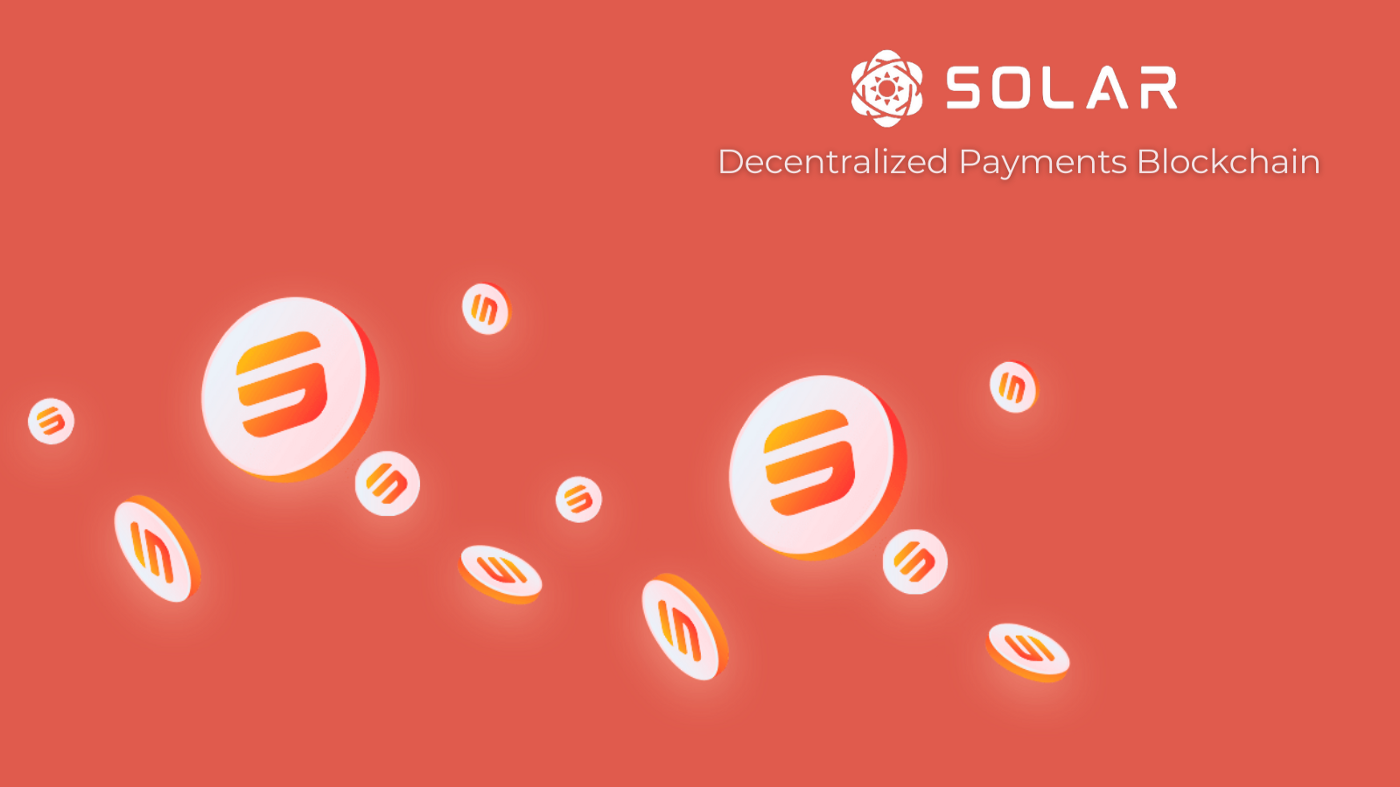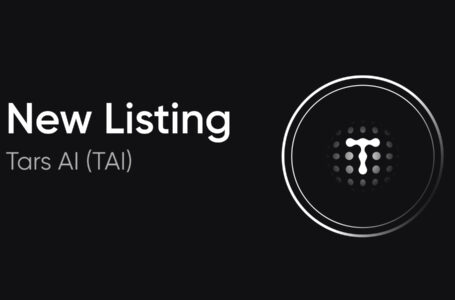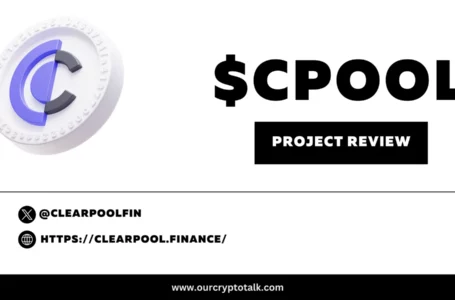
Solar (SXP) is an open-source layer-one blockchain for decentralized peer-to-peer payments. It runs on a delegated proof-of-stakeconsensus mechanism and is governed by a DAO. Solar’s block producers are called Delegates and secure the blockchain through a vote-based system using the native SXP coins.Solar lays its focus on creating a community-driven blockchain, which will one day be comparable to blockchains like Ethereum and Solana. To achieve this ambitious goal, Solar overhauled its previous ecosystem called Swipe and developed a new testnet and mainnet under the guidance of a new team, which is controlled by a DAO. In the first quarter of 2022, Solar has been able to tick off a few significant milestones on its roadmap:
- Its mainnet went operational on March 28, 2022, after several months of testing on the devnet.
- It released a new set of desktop wallets for its peer-to-peer payments system.
- Solar deployed the Solar Side Ledger Protocol, which allows users to create the Solar equivalents of ERC-20 tokens and NFTs. The SXP coin is used for transactions on this platform.
- Staking on the mainnet has been enabled.
- The first set of 53 delegates to secure the blockchain was chosen.
How Does Solar Work?
The pillar of Solar’s ecosystem is its delegated proof-of-stake blockchain called Solar Core. It is a fork of the Ark blockchain that promises to be fast, modular, sustainable, efficient, and fully decentralized. However, Solar differs from Ark by fully utilizing Schnorr signatures, resulting in improved privacy for users.In its dPoS consensus mechanism, 53 delegates operate as nodes responsible for securing and maintaining the Solar blockchain. Block production is split into rounds and blocks. Each round consists of 53 blocks, and each delegate submits one block per round. The time of block submission on Solar is eight seconds, and thus considerably faster than blockchains like Bitcoin or Ethereum but slower than a chain like Solana.
Unique Features of Solar
Solar aims to close the gap to more established blockchains by launching several initiatives.
Detailed Roadmap
The Solar roadmap outlines how the ecosystem plans to develop in 2022. For the second quarter of 2022, Solar plans to implement several key milestones, such as:
- The release of its mobile and web wallets.
- The release of its Side Ledger Protocol software development kit.
- An alpha version of its Solar metaverse.
- A completed core audit of its blockchain framework.
- A beta version of its NFT marketplace.
These are only a few of several objectives. For the remainder of 2022, Solar will enable a governance module, issue its first grant, and launch the Solar Launchpad, among other goals.
Side Ledger Protocol
The Side Ledger Protocol (SLP) allows users to create fungible and non-fungible tokens on the Solar blockchain, similar to the ERC standard on Ethereum. This will be possible, thanks to the Solar wallet and the software development kit, which is to be launched in the second quarter of 2022. Sending SLP tokens on Solar will be as cheap as 0.2 SXP per transaction. Fungible or non-fungible tokens can be created for only 5 SXP. Solar introduces a deflationary dynamic to its ecosystem with this function, as sufficient activity would mean more SXP is burned than created.
Metaverse and NFT marketplace
Solar plans to launch its own metaverse and NFT marketplace that integrate SLP features and allow creators to sell digital collectibles. Solar also promises the creation of worldwide quests, mint passes for AMAs with celebrities and influencers, and the creation of additional dApps. The metaverse and the NFT marketplace will also contribute to Solar’s deflationary dynamic by burning SXP for transaction fees.
Launchpad
Solar expects that with rising popularity, other projects will choose Solar as their settlement layer and deploy their own decentralized applications. Therefore, the Solar Launchpad will offer several features that benefit token holders and fledgling projects:
- A listing fee for each new decentralized application, ranging from 10 SXP to 1,000 SXP.,
- Optional KYC and audits of new projects.
- Burning of transactions fees and listing fees on the Solar Launchpad.
Wallets
Current Solar wallets are a fork of Ark repositories and are only equipped with basic functions. Thus, Solar will deploy new desktop, mobile, and browser wallets that can deliver on its planned metaverse and SLP features.
Solar Tokenomics
SXP is the network’s utility and governance token. It is used to vote on governance proposals, and voters can delegate it to earn a share of the block rewards. All 480 million SXP that currently exist as ERC-20 or BEP-20 tokens are being swapped at a 1:1 ratio for SXP on the Solar mainnet, thus the total supply of Solar will not be increased.Solar has implemented several deflationary mechanisms to curb the growth of its supply. The Treasury smart contract holds 40,800,000 SXP whereas the Founder’s Wallet holds 50,000,000 SXP.
Conclusion
Solar is trying to revive a long-standing project with an interesting take on all things currently en vogue in the crypto industry: NFTs, metaverse, and launchpads. Its consensus mechanism and blockchain architecture look sound and should square well with the increased awareness for “carbon-neutral” blockchains.
Whether Solar can return to previous all-time highs will depend heavily on how well it can execute on its ambitious roadmap. Many layer-one blockchains have competed for a spot at the top, but only a selected few can credibly rival Ethereum as the market leader for decentralized applications. If Solar indeed manages to deliver on its extensive plans, it could turn out to be one of the bullish surprises among L1 chains in 2022.



















